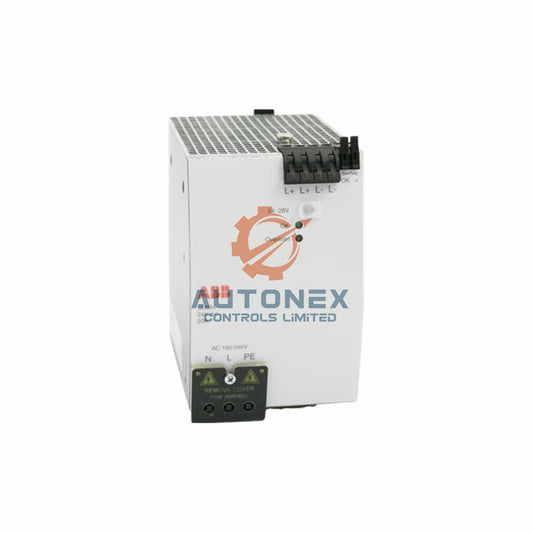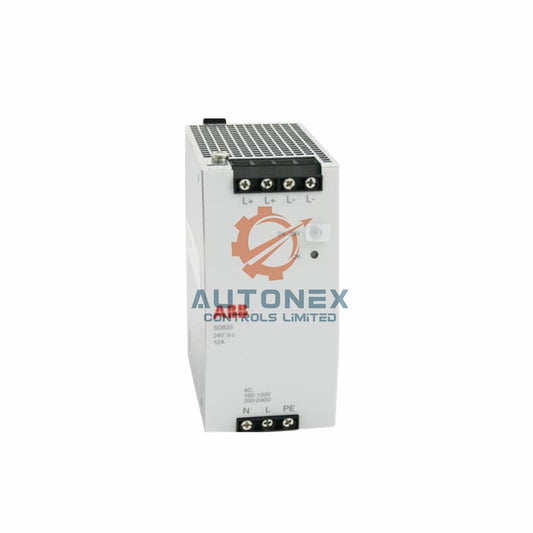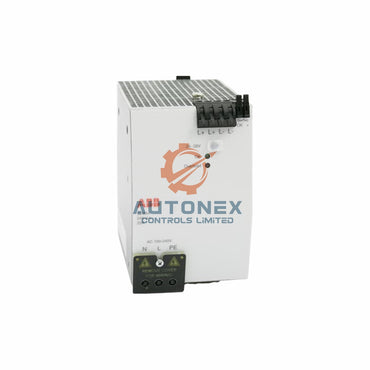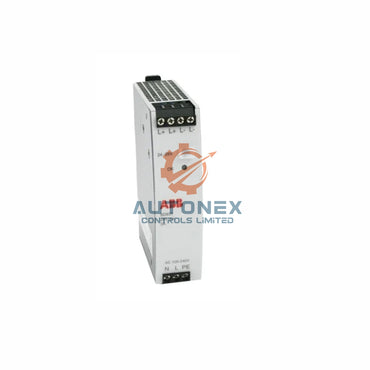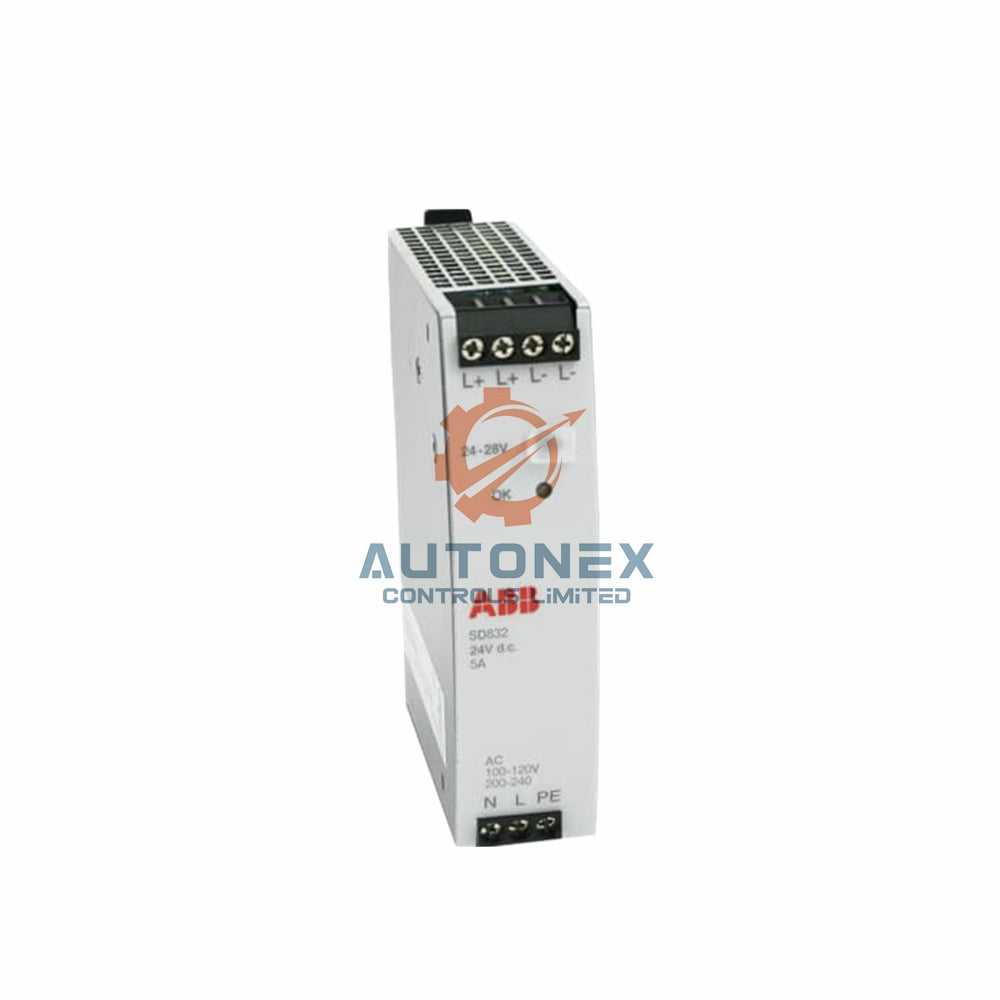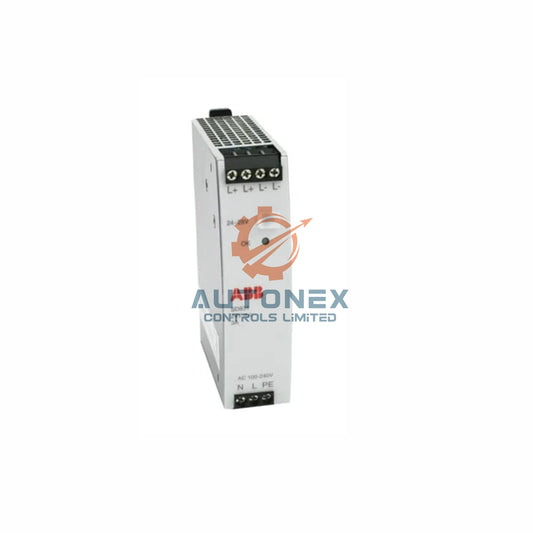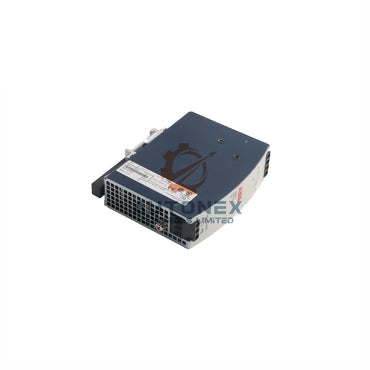5 Effective Strategies to Prevent Servo Drive Overheating in Industrial Systems
Servo drives form the backbone of precision motion control in modern industrial automation. However, excessive heat buildup remains a significant challenge that can compromise performance and equipment longevity. Implementing proper thermal management strategies is essential for maintaining optimal operation and preventing unexpected downtime.
1. Optimize Operational Duty Cycles
Duty cycle management involves balancing active operation periods with adequate rest intervals. Continuous operation without proper cooling breaks causes heat accumulation that exceeds dissipation capabilities. Therefore, analyze your motion profiles to identify opportunities for cycle optimization. Staggering operations and incorporating brief recovery periods significantly reduces thermal stress, particularly in high-demand applications. Many engineers find that even minor adjustments to cycle timing can yield substantial temperature reductions.
2. Implement Real-Time Temperature Monitoring
Advanced thermal monitoring systems utilize embedded sensors to track drive temperature conditions continuously. These systems provide early warnings when temperatures approach critical thresholds. Moreover, integrating monitoring with control software enables historical trend analysis and predictive maintenance. This proactive approach helps identify issues like obstructed ventilation or environmental heat sources before they cause component failure. Modern drives from leading manufacturers typically include sophisticated thermal protection features as standard.

3. Apply Thermal Barrier Protection
In high-temperature industrial environments, external heat sources can significantly impact drive performance. Thermal insulation materials create protective barriers that minimize heat transfer from surrounding equipment. Install heat-resistant shields or reflective materials around drives located near heat-generating machinery. Additionally, ensure proper spacing between components to facilitate air circulation. This approach proves particularly valuable in compact control panels and harsh manufacturing environments.
4. Utilize Advanced Lubrication Systems
While servo drives themselves don't require lubrication, connected mechanical components certainly do. Friction in actuators, gearboxes, and bearings generates substantial heat that affects overall system temperature. Consequently, using high-performance lubricants specifically formulated for high-temperature applications reduces mechanical resistance and heat generation. Establish regular maintenance schedules to ensure lubricant effectiveness, as degraded lubricants increase friction and thermal output. Proper lubrication maintenance directly contributes to cooler drive operation.
5. Implement Dynamic Load Distribution
In multi-drive configurations, uneven workload distribution often causes localized overheating. Dynamic load balancing automatically redistributes motion control tasks across available drives to prevent individual component overstress. This approach is especially beneficial in applications with variable demands, such as robotic systems and material handling equipment. Furthermore, balanced loading not only reduces thermal issues but also extends overall system lifespan and improves energy efficiency.
Practical Application Scenarios
In automotive manufacturing plants, implementing combined duty cycle optimization and thermal monitoring reduced servo drive failures by 40% annually. Similarly, packaging facilities report significantly improved reliability after adopting dynamic load balancing across their conveyor systems. These real-world examples demonstrate the tangible benefits of comprehensive thermal management strategies.
Industry Perspective and Recommendations
The trend toward higher density drives and compact control cabinets makes thermal management increasingly critical. As industrial automation evolves, proactive heat dissipation strategies become essential rather than optional. Based on industry experience, we recommend quarterly thermal inspections and continuous monitoring implementation for optimal results. Furthermore, consider environmental factors beyond the immediate control cabinet, as ambient temperature significantly influences cooling efficiency.

Frequently Asked Questions
What temperature range is considered safe for servo drives?
Most industrial servo drives operate safely between 0°C and 55°C ambient temperature. However, always consult manufacturer specifications for exact operating ranges.
How often should thermal monitoring systems be calibrated?
Calibrate thermal sensors annually or according to manufacturer recommendations to maintain accuracy. More frequent verification may be necessary in critical applications.
Can external cooling fans effectively prevent overheating?
Yes, supplemental cooling fans provide additional airflow and heat dissipation. However, they should complement rather than replace proper thermal management practices.
What are the first signs of servo drive overheating?
Common indicators include reduced performance, error codes, unexpected shutdowns, and visible heat damage to components.
Does ambient humidity affect servo drive temperature management?
High humidity can impact cooling efficiency and potentially cause condensation issues. Maintain proper environmental controls for optimal operation.
Check below popular items for more information in Autonexcontrol


